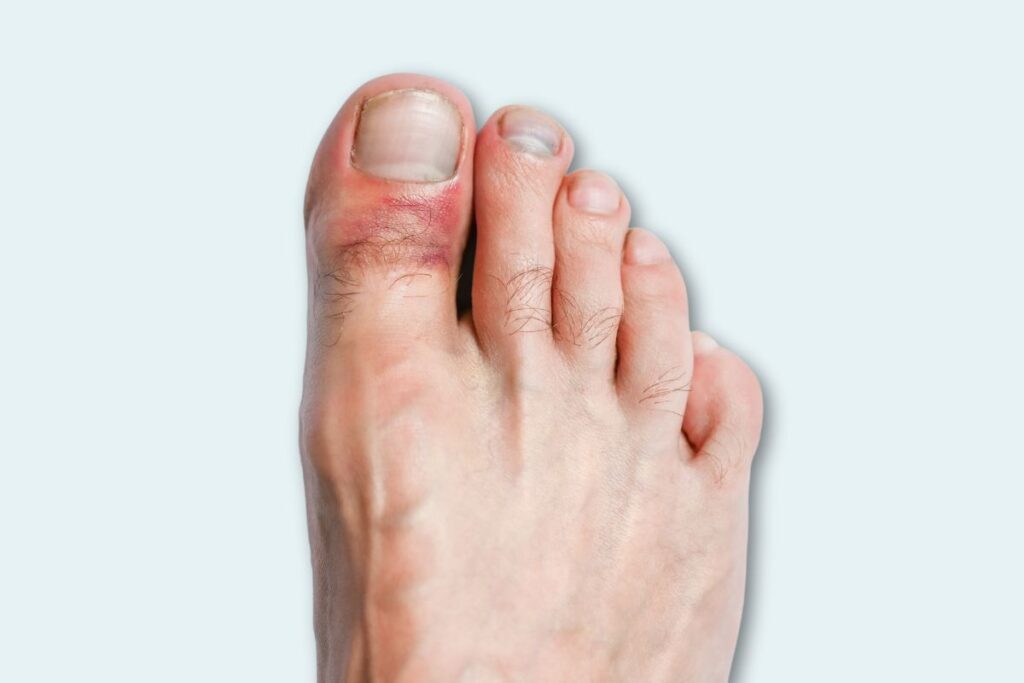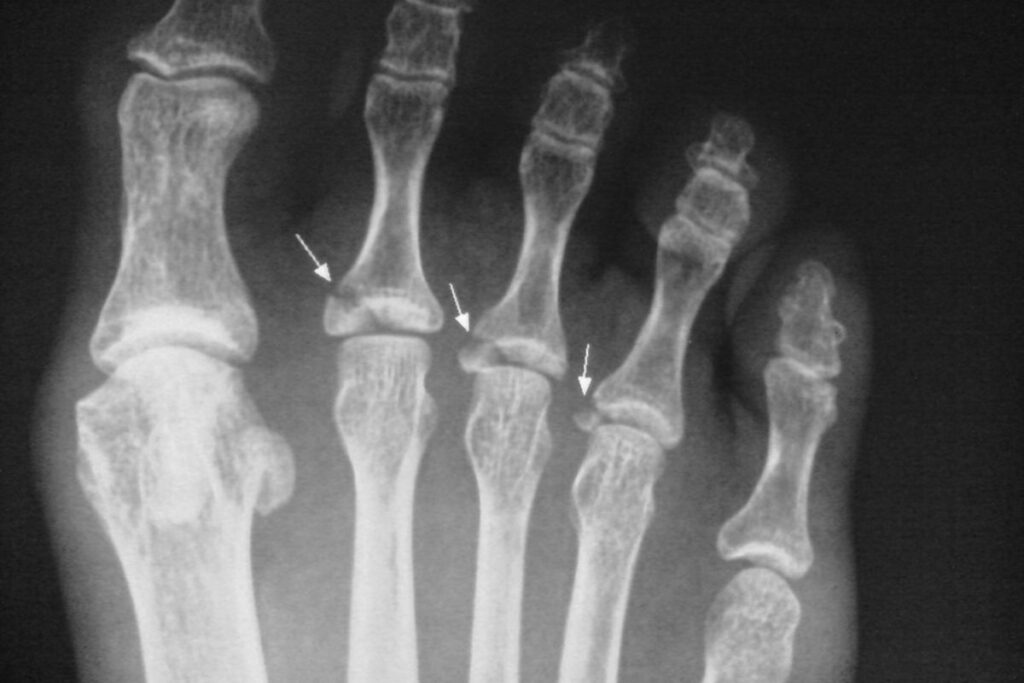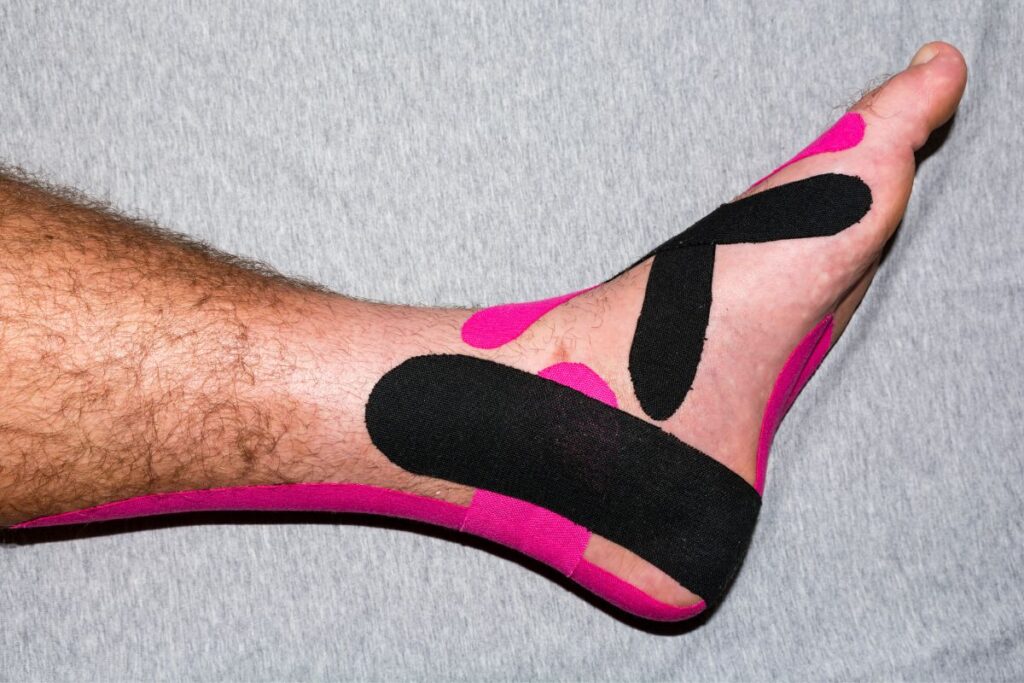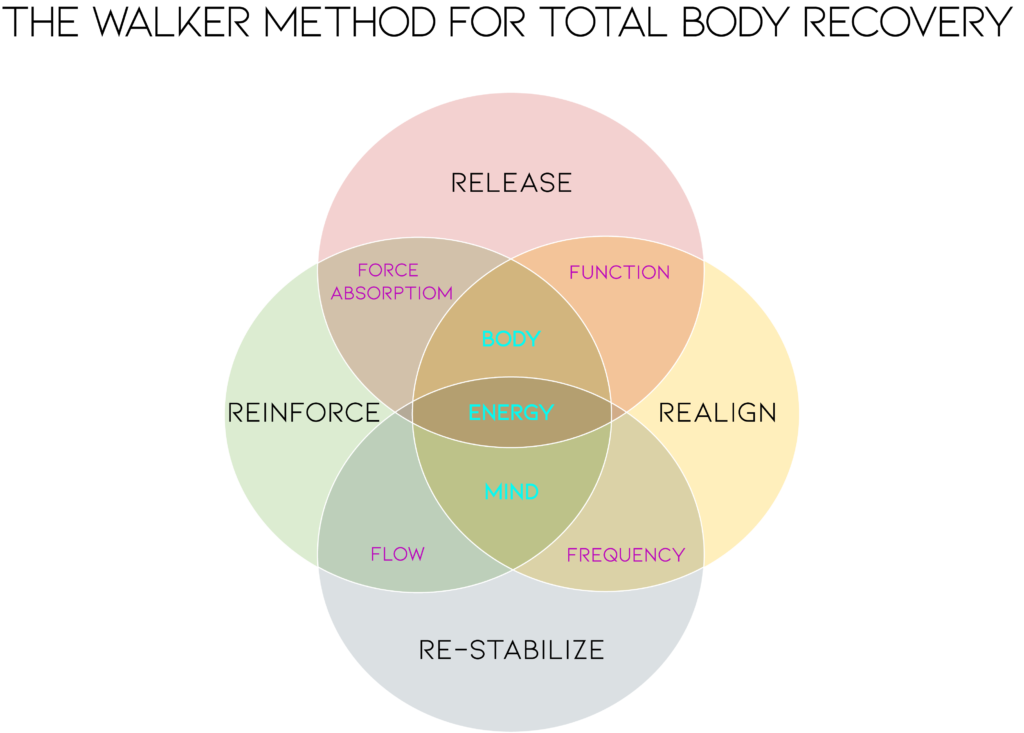Stress Fractures
A long term injury that used to require PT twice weekly, under her guidance, only requires maintenance one every 2-3 weeks, or as a heavy schedule demands.

After working with DL, I found that many of the ailments that plague a dancer throughout the season– random foot pain/knee pain, was both treated and troubleshot by her– for example I would wear pointe shoes for her to assess positioning and amount and types of stress on the joint.
She is particularly adept at creative solutions, from modifying Pilates exercises to theories on where an injury, unexpectedly, might come from.
Madeline Purcell, Dancer, Sarasota Ballet
Stress Fractures
Explanation and symptoms
Stress fractures in the foot are small cracks or fissures in the bones, usually caused by repetitive overuse or excessive stress on the bones. These injuries are common in weight-bearing bones, like the metatarsals in the foot.

Stress fractures are typically caused by:
- Overuse: Repeated stress or impact on the foot from activities such as running, jumping, or dancing can lead to stress fractures.
- Training Errors: A sudden increase in activity intensity, duration, or frequency without proper conditioning can increase the risk.
- Poor Footwear: Inadequate or worn-out footwear can contribute to stress fractures.
- Nutritional Deficiencies: Inadequate calcium or vitamin D intake can weaken bones, making them more susceptible to fractures.
Symptoms of Stress Fractures in the Foot:
- Pain: Pain often starts as a dull ache and progressively worsens with activity. It may improve with rest.
- Swelling: The affected area may become swollen.
- Tenderness: The injured site is tender to touch.
- Bruising: Some individuals may notice bruising at the site of the stress fracture.
- Worsening Pain: Pain tends to worsen with continued activity and lessen with rest.

Stress Fractures are diagnosed via x-ray, CT-scan or MRI. If you suspect that you have a stress fracture, you can apply a tuning fork to the area of pain, if that causes pain, then you likely have a stress fracture and you should consult your doctor
Traditional Treatment for Stress Fractures in the Foot
The goal of the Traditional Treatment Model is relieving symptoms and promoting bone healing

Rest

Immobilization

Icing

Medication

Footwear Modification

Orthotics Devices

Physical Therapy

Physical Therapy
The traditional treatment for stress fractures in the foot focuses on relieving symptoms and promoting bone healing. Treatment options include:
- Rest: One of the primary treatments is rest. Avoiding activities that put stress on the affected foot allows the bone to heal. The duration of rest varies based on the severity of the fracture.
- Immobilization: In some cases, a cast, walking boot, or crutches may be used to immobilize the foot and reduce weight-bearing stress.
- Icing: Applying ice to the affected area can help reduce pain and inflammation.
- Pain Medication: Over-the-counter pain relievers, such as ibuprofen, may be used to manage pain and inflammation.
- Orthotic Devices: Custom orthotic insoles or shoe modifications may be recommended to provide better support and reduce stress on the foot.
- Physical Therapy: Specific exercises and stretches can help maintain muscle strength and improve balance.
Common Complications of Stress Fractures:
- Delayed Healing: Some stress fractures may take longer to heal, especially if the patient continues to stress the injured foot.
- Non-Union: In rare cases, a stress fracture may not heal properly and may require surgical intervention.
- Recurrent Fractures: Without addressing the underlying causes, individuals may be at risk of recurrent stress fractures.
- Compartment Syndrome: In some cases, extensive swelling or inflammation may cause increased pressure within the muscle compartments, resulting in compartment syndrome, a serious condition requiring immediate medical attention.
It’s important to consult with a healthcare provider, podiatrist, or orthopedic specialist for an accurate diagnosis. Early intervention and proper management are essential for successful recovery.
functional corrective Stress Fracture Treatment
The goal of functional corrective stress fracture treatment is relieving symptom, promoting bone healing and pinpointing the root cause of the abnormal forces that led to the Stress Fracture
It is imperative that you allow the stress fracture to heal and address the underlying causes that led to the stress fracture occurring in the first place. I have treated athletes and dancers who have healed a stress fracture in an area only to have that stress fracture return when they returned to training.
- Modalities to accelerate healing– like laser, bone stimulator, and any modality that will increase circulation.
- Dynamic taping– to stabilize the area especially when the boot is off. Black Eco Tape can absorb 33 pounds (15 kg) of force.
- Nutritional Evaluation– to assess and treat any Calcium and Vitamin D deficiencies.
- Uncover the underlying conditions in the foot that caused the stress fracture to occur using Functional Diagnostic evaluation.

There are over a hundred connective tissues and 56 joints that can impact the area of injury. Connective tissues such as muscles, fascia and tendons are shock absorbers in your body. They need to be soft and movable to absorb forces and prevent stress in any one area. Using a tool called Functional Diagnostic Evaluation we pinpoint these connective tissues causing injury. Then using a multifaceted treatment approach, The Walker Treatment Method™, we address the root cause as well a symptom management to allow healing of the bone and prevention of future injury.

The Walker Treatment Method™
- Decreases inflammation by offsetting the forces on the joint and with non-prescriptive modalities.
- Corrects abnormal forces using manual therapy, specific taping/bracing techniques, and functional exercises.
- Mobilizes the areas of foot and lower leg to decrease the stress on the big toe joint.
- Stabilizes the painful areas by addressing inflammation, functional strengthening, and specific taping.
- Prevents future problems by addressing patient education, release, alignment, and stabilization, of the entire lower body.
- Corrects negative compensations in walking that have occurred due to pain and immobilization.
- Address the root causes of the problem providing long-term recovery.
COMPARISION OF TRADITIONAL TREATMENT AND THE WALKER TREATMENT METHOD™

|
PAIN RELIEF | STABILIZE THE JOINT | CHANGE THE FORCES | PREVENTION FROM FUTURE PROBLEMS | ADDRESSES THE ROOT CAUSE | SUCCESS/SATISFACTION |
|---|---|---|---|---|---|---|
| FOOTWEAR | indirectly | no | yes | no | no | temporary |
| INJECTION/NSAID | possibly | no | no | no | no | temporary |
| ORTHOTICS | indirectly | no | yes | no | no | average 47% |
| TAPING | possibly | yes | yes | no | no | temporary |
| PHYSICAL THERAPY** | possibly | possibly | possibly | possibly | possibly | varies |
| CHEILECTOMY | possibly | no | no | no | no | average 77% |
| FUSION | usually | yes | no | no | no | average 90% |
| JOINT REPLACEMENT | possibly | no | no | no | no | average 85% |
| WALKER METHOD* | indirectly | yes | yes | yes | yes | so far 98% |
**Physical therapy: Results will vary based upon the therapist’s experience. As a patient it is important to inquire the level of experience and success of any professional that you are seeking for help.
*Data is base upon post intervention survey report after program completion.
If you are aligned to treating your stress fracture in a corrective functional way to prevent recurrence, here’s how:
The best way to avoid stress fracture injuries is prevention.
Not sure what to do?
Schedule a special $79 no BS actionable strategy evaluation.
Spaces are limited for this special offer!

Who is DL Walker, BS., MS., Ed, PT?
Deborah L Walker Goetz, BS., MS., Ed, PT is the creator of unique, comprehensive programs, protocols and course work for organizations, professionals and the public.
As a diagnostic detective she works to identify the root cause of dysfunction that that triggers an the experience of disease, pain, and limitation. Working with clients, she creates a strategic plan of action that aligns with their unique circumstances and empowers them to get the results that they are seeking fast.
DL works both online and in person and offers a 30-minute strategic consultation to assist clients in their best next steps.
CLICK HERE to learn more.